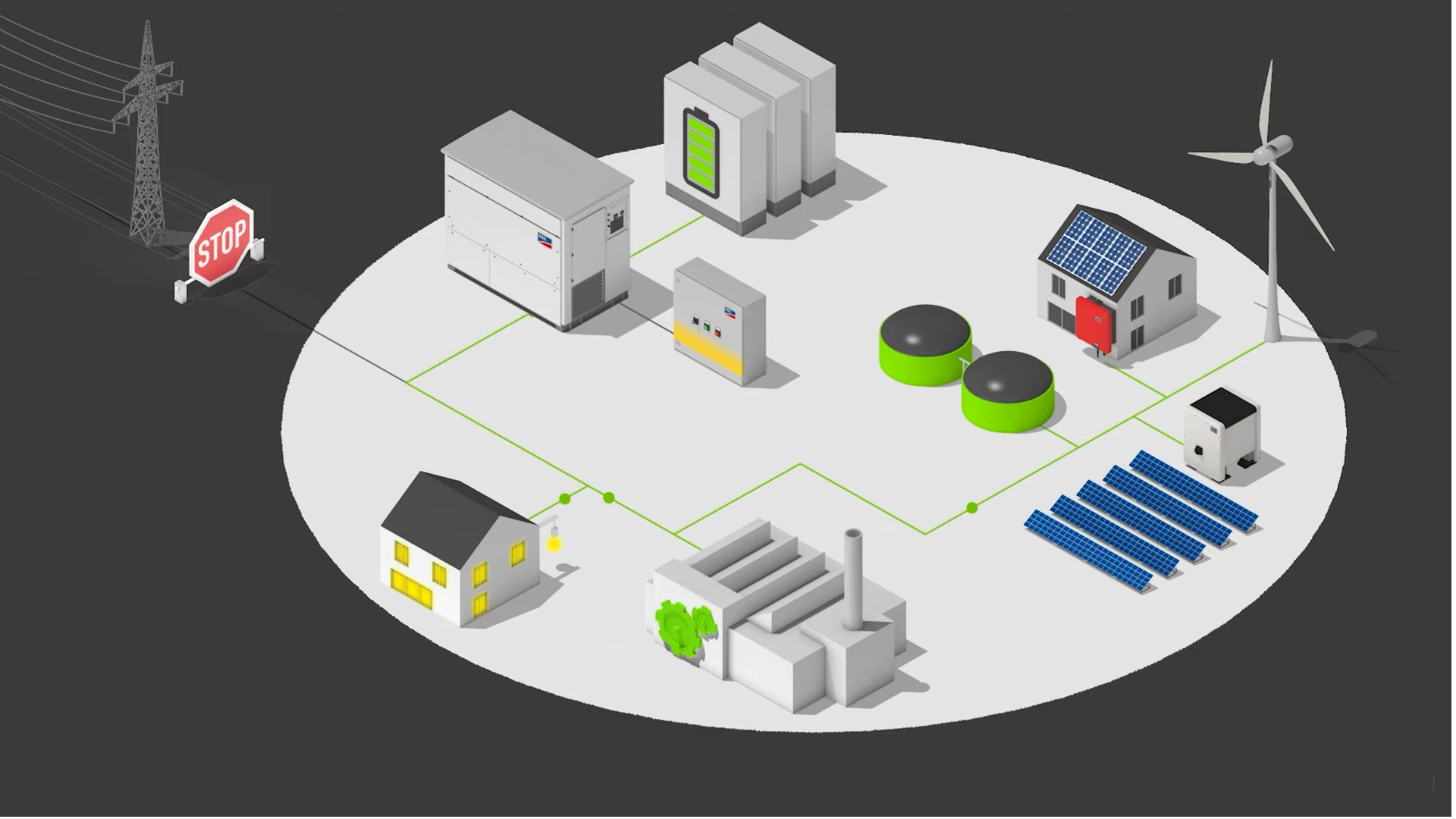A VPP is generally considered a connected aggregation of DER technologies – not only solar and battery storage, but increasingly grid-interactive efficient appliances and buildings, electric vehicle charging, and thermal energy storage. Aggregators, utilities, or grid operators, under terms agreed upon with participants, can remotely and automatically adjust DERs in this aggregation to provide clean energy, reliability, and grid services while maintaining customer comfort and productivity. Through a combination of software and hardware, VPPs not only open the grid to a whole new utility-scale, behind-the-meter supply, but also coordinate disparate DERs into holistic, demand-flexible resources. Operators gain the flexibility to better reduce peak demand and, as a result, defer investment in additional capacity and infrastructure to serve a peak load that is expected to increase as we electrify the nation’s economy. VPP participants can receive compensation for services rendered and all the benefits that come with them.


These questions aren’t just theoretical; VPPs are already offering a straightforward solution for maximizing the value of renewable supply and energy storage proliferating at the grid edge. While novel implementations like the vehicle-to-grid case I highlight are still in early stages, utilities and aggregators together are already pioneering expanded functionalities for distributed solar/storage VPPs at scale:
- Since 2019, utilities in Illinois have offered commercial, industrial, and community solar customers rebates at $250/kW for solar installations in exchange for the installation of a smart inverter, allowing the assets to be used for grid services like voltage and frequency regulation in addition to generating power for the owner;
- In Maryland, Delmarva Power is currently piloting PJM’s first residential VPP with Sunverge, which will provide 0.5 MW/1.5 MWh of distribution-level peak shaving capability to Delmarva Power, provide customers with resilience and backup power, and demonstrate how VPPs can participate in PJM’s wholesale frequency regulation markets heading into PJM’s implementation of FERC Order 2222;
- And in Hawaii, where there is no wholesale market, VPPs are advancing to maximize value for customers and the grid. Swell Energy’s 80MW solar and storage residential VPP is in the early stages of aggregating DERs across three islands to deliver multiple grid services, including capacity build, capacity reduction and fast frequency response. The VPP is managed by Swell's Distributed Energy Resource Management System, GridAmp, and integrated with Hawaiian Electric's Demand Response Management System. The VPP can save participants thousands of dollars and enables customer control over home energy systems in the event of an outage.
These projects are differentiated by the degree to which dispatch is automated, how data is exchanged with the wholesale market and/or utility, and the grid services each is providing. In the world of VPPs, software is driving this breadth of innovation, though not without a deep appreciation for the underlying DERs. While not an exhaustive survey of American VPPs, these three examples show the wide range of possibilities for aggregated, behind-the-meter solar and storage in the U.S. today. They are only a piece of what’s being accomplished across the country, and a sliver of what VPPs are capable of around the world.
No matter where the future takes us, solar and storage technology will continue to be a foundational part of the strong value proposition of VPPs. If recent history is any indication, we will only grow increasingly capable of optimizing DERs to maximize penetration of renewables and defer infrastructure investment without compromising reliability.
